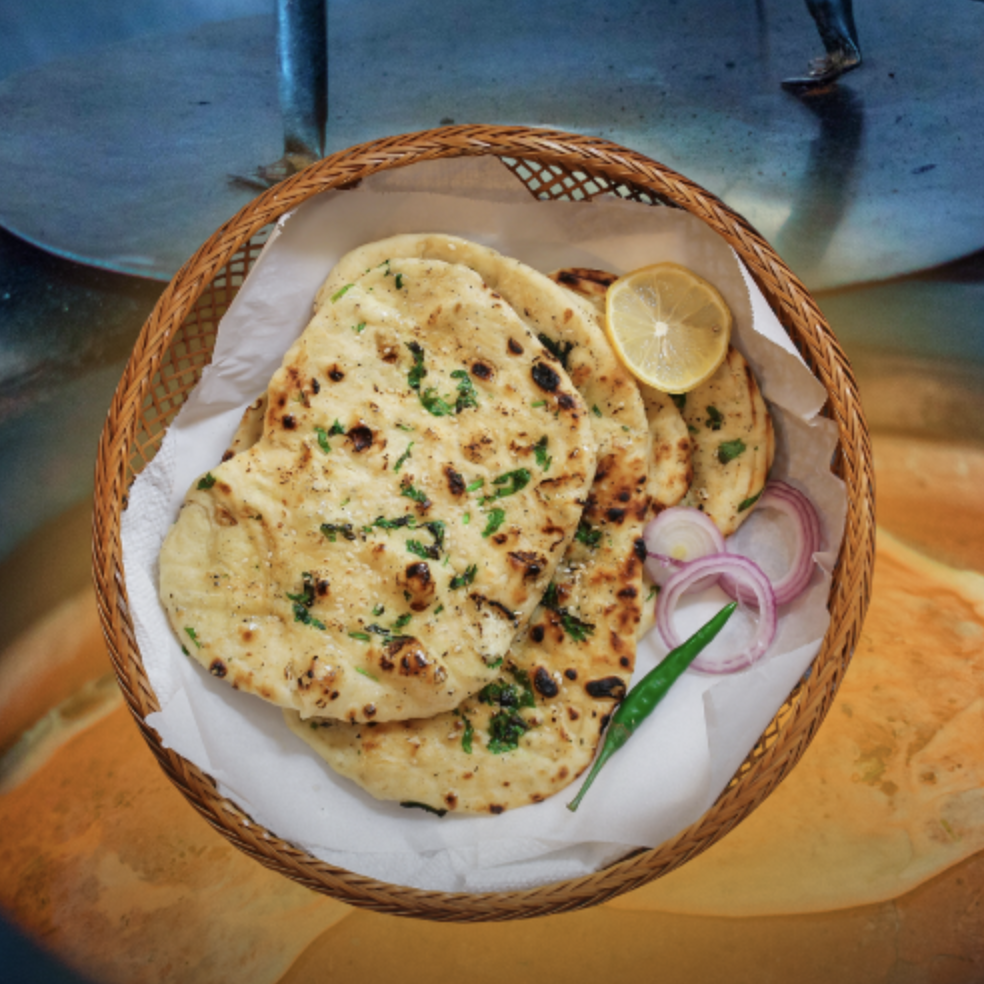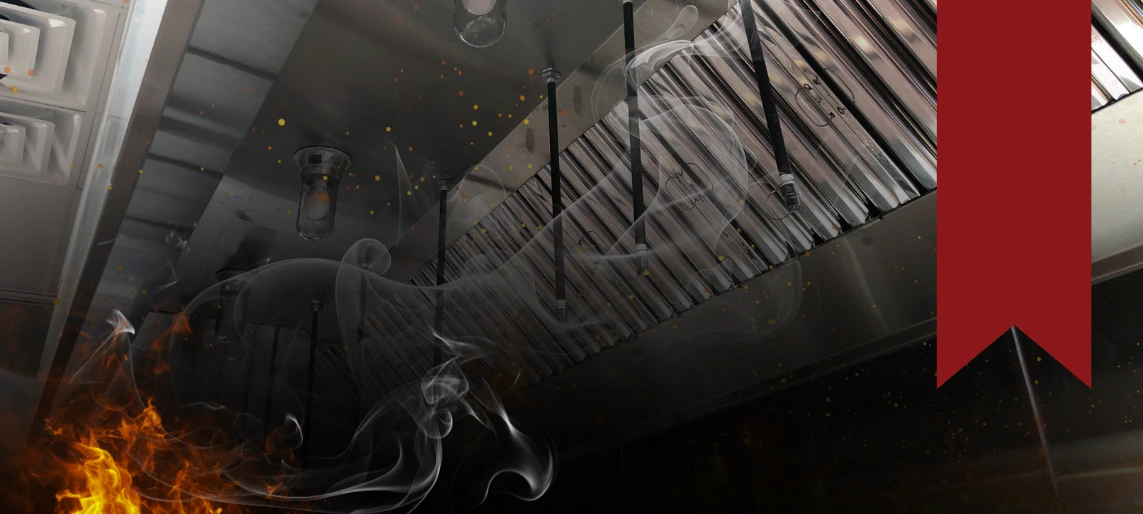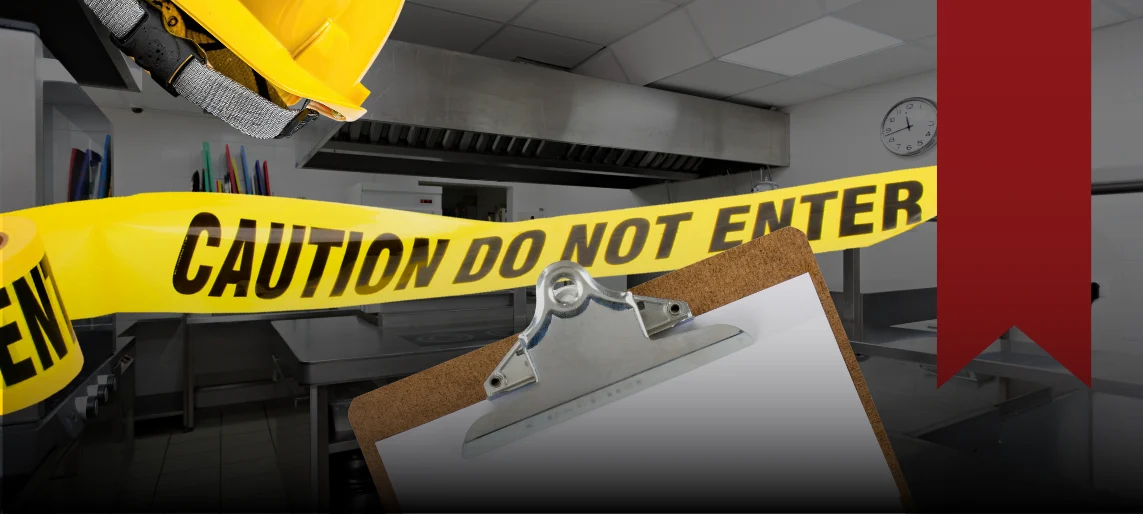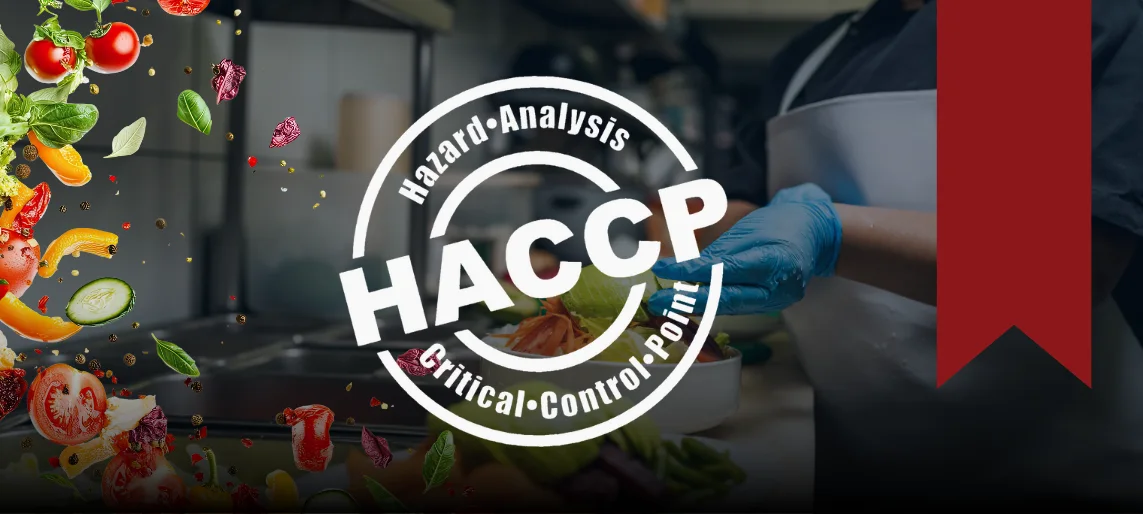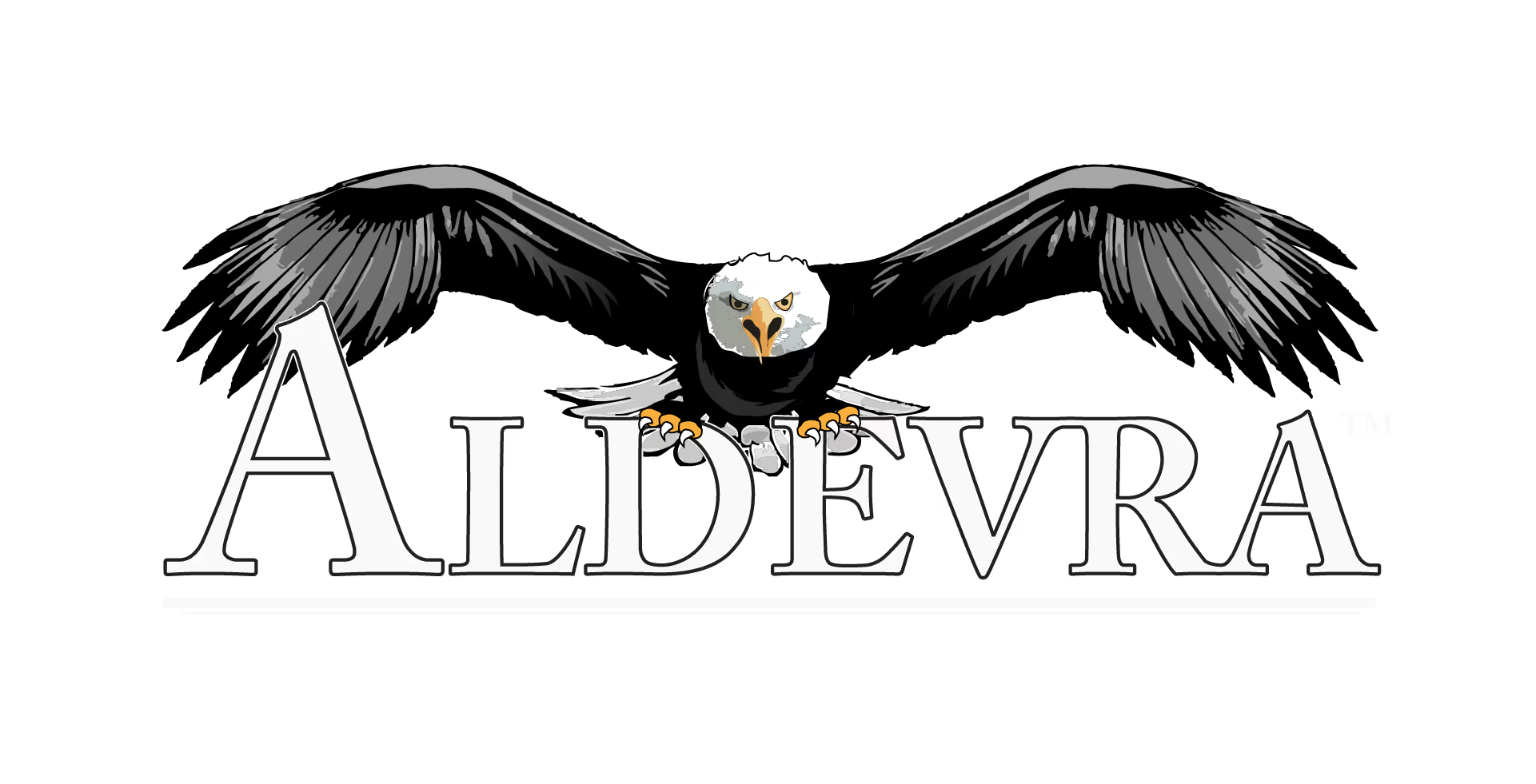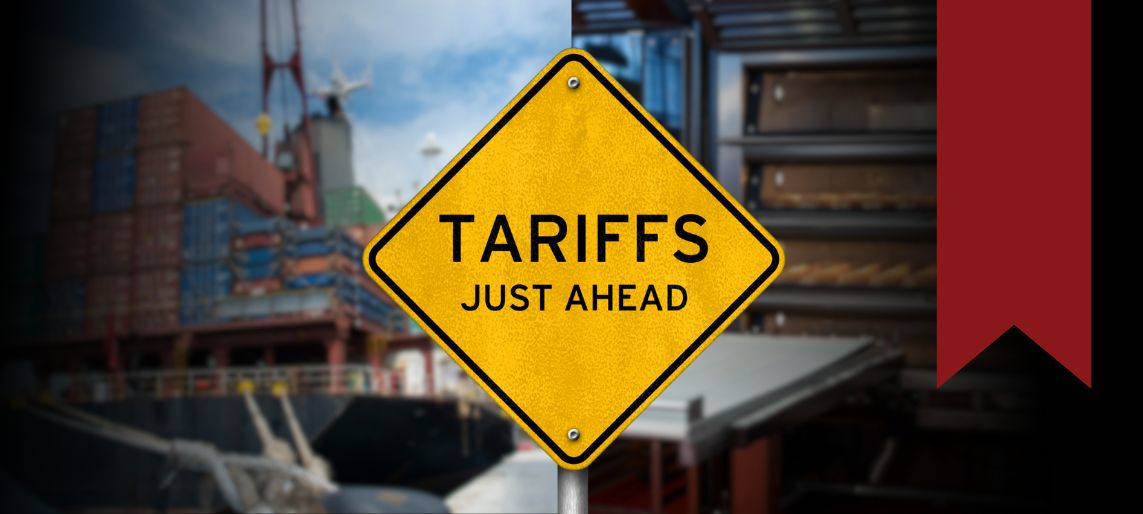
Summary
If you’re planning to purchase commercial kitchen equipment, tariffs aren’t just abstract headlines—they’re a real factor affecting your budget and project timelines.
What’s the deal with tariffs on kitchen equipment?
Tariffs are essentially taxes placed on imported goods. Over the past several years, tariffs on stainless steel, aluminum, and certain finished products have increased costs across the board. Since most commercial kitchen equipment is either imported or uses imported components, tariffs directly impact the final price you pay.
Here’s what you need to know:
• New “universal” tariff rates:
• A 10% tariff now applies to imports from most countries where the U.S. has a trade surplus.
• A 15% minimum tariff applies to countries where the U.S. runs a trade deficit—which includes many of our key trading partners.
• This replaces the previous patchwork of country-specific rates and adds new cost layers to imports of kitchen equipment and components.
• Canada tariff hike:
• Tariffs on Canadian imports have been raised to 35%, unless the goods are compliant with the USMCA (United States-Mexico-Canada Agreement).
• For the commercial kitchen industry, this means only USMCA-compliant products from Canada will avoid steep increases—critical for stainless worktables, refrigeration, and prep units sourced from Canadian manufacturers.
• Pending trade decisions:
• New deals with China and Mexico are still under negotiation. Many items previously subject to Section 301 tariffs may see rate increases—or removals—depending on these outcomes.
• Legal uncertainty:
• A federal appeals court is currently reviewing whether the President overstepped authority in issuing sweeping tariffs. Until resolved, businesses must plan under the assumption these rates will hold.
For example:
• Many refrigeration units, dishwashers, steamers, and even custom stainless tables rely on imported steel or are manufactured overseas.
• Tariffs of 25% on steel and 10% on aluminum (under Section 232) still influence pricing structures today.
• Additional Section 301 tariffs on goods from China have affected specific categories like certain prep tables, sinks, or smallwares.
What does this mean for you?
• Higher prices: Manufacturers often pass these costs on. Whether you’re buying a single reach-in refrigerator or outfitting a full dining facility, tariffs can add thousands to your budget.
• Longer lead times: Some manufacturers shift production or sourcing to avoid tariffs, which can lead to longer production schedules or new supply chain hiccups.
• Volatile quotes: Pricing on stainless steel-heavy items (like kettle assemblies, combi ovens, and serving lines) can fluctuate quickly. Valid quote windows are often shorter, with some only holding for 15-30 days.
How Aldevra helps
We don’t just quote and walk away. Our team monitors market shifts daily. Here’s how we help you stay ahead:
✅ Strategic sourcing: We work with multiple manufacturers—domestic and international—to find options that minimize tariff impact while meeting specs.
✅ Transparent quotes: We flag volatile items and explain why prices are moving, so you can make informed decisions.
✅ Buying contracts & GSA schedules: For government buyers, our pre-negotiated contract vehicles help control costs even when market rates swing.
✅ Forward planning: We’ll help you identify long lead or high-risk items early, so you can lock in pricing or explore alternatives.
Bottom line
Tariffs are part of the landscape, but that doesn’t mean surprises have to be. Whether you’re a VA facility, military dining hall, school cafeteria, or private restaurant, we’re here to make sure your project stays on track.
Have questions about how tariffs might impact your kitchen equipment project?
Contact us today—let’s get ahead of it together.





